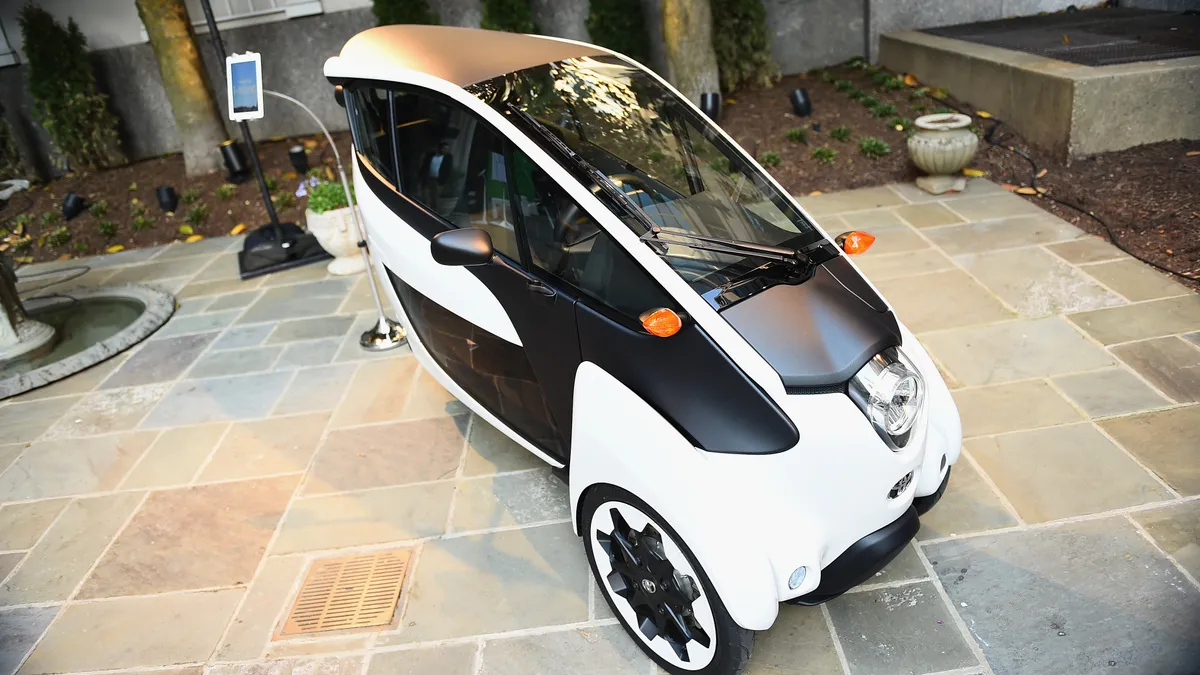"Minimobility" vehicles may be the next wave of transportation coming to cities, according to a September report by the McKinsey Center for Future Mobility, an international mobility consulting firm.
Shared use of these three- or four-wheeled electric-powered vehicles that carry one to two people is gaining interest in Europe, especially in France, according to the center.
The total addressable market for such vehicles could reach "$100 billion annually across China, Europe and North America by 2030," the report said. "In urban areas, minimobility may emerge as a viable alternative, bringing the added benefits of decreased congestion, reduced space requirements and lower emissions."
Minimobility vehicles are easier to build, smaller, cheaper and more energy efficient than cars, according to the report. They are also slower and potentially safer than other mobility types.
Unlike traditional micromobility vehicles such as scooters, bicycles and mopeds, they allow drivers and passengers to sit comfortably, carry more cargo, and provide weather protection, said Kersten Heineke, the center's co-leader, in an interview.
The report says municipalities may add them to their vehicle sharing mix, but Heineke said private ownership would likely become a bigger market. "The best analogy is the retirement communities in Florida and California and other places where people use golf carts to go from A to B," he said.
The report says manufacturers could build minimobility vehicles to go about 55 mph. But they are better suited to going 25 to 30 mph on city streets and could use GPS to prevent them from going faster than 12 or 15 mph when driven off-road, such as in a bike lane, Heineke said.
Governments will have to decide what, if any, licenses people will need to drive them on or off roads, he added. It wasn't long ago that no one was talking about e-scooters, "and now they are everywhere," he said.
The range between charges remains undetermined but will probably vary between 40 and 100 miles as "you will not do a 40-mile commute every day," Heineke said. He anticipates that owners will be able to charge minimobility vehicles using standard electric outlets.
Foreign manufacturers have shown more interest than American ones; the first minimobility vehicles in the U.S. will probably be imports, Heineke said. Mobiag, a mobility tool maker, reported that Renault, Toyota and Nissan are among the automakers that have proposed prototypes for such vehicles.










